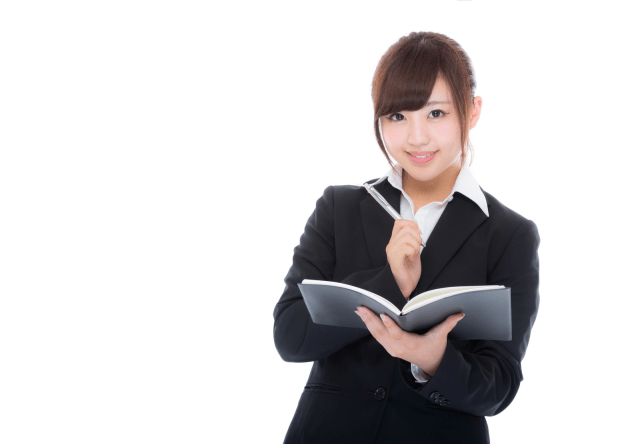
Hiring managers sound off on different ‘dos, plus how much hair dyeing is acceptable for men or women.
In Japan, your college years are a rare stint of almost entirely unbound personal freedom regarding your appearance. After years of following the strict dress codes of Japanese high schools, college kids get four years to do whatever they want…until they graduate and have to follow the strict dress codes of Japanese companies.
But while most companies do have specific regulations regarding clothing, hair tends to be more of a gray area, often with loose, unspoken guidelines. So to get a better idea of what Japanese businesses expect from their employees hairstyling, Tokyo-based AB&C Company, which manages the Agu hair salon chain, asked 200 Japanese human resource managers for their opinions.
To start with, the majority, 63 percent, said they’ve been bothered by the hairstyles of new employees (who generally start working in April under Japanese hiring practices). However, only about half of the personnel managers, 52 percent, said they’ve actually cautioned an employee over their hairstyle’s appropriateness for a workplace environment.
That implies a lot of silent disapproval, and to get a better handle on that, the researchers next presented the human resource managers with photos of 11 women, all with different hairstyles, and asked “Which of them looks like she’d be good at her job?”
The respondents’ answers showed they’d place the most faith in the women who had neat, smoothly combed, but not heavily styled hair.
▼ The top three picks
Meanwhile, permed, loose-hanging, and obviously dyed hair inspired the least confidence, with the following three women receiving the fewest votes.
In fact, dyed hair was the subject of its own separate question, in which a male and female model were shown with the same hairstyles in various gradients from black to light brown. The human resource managers were asked to pick the lightest shade they believed was acceptable (i.e. each vote translates to “hair should be this color or darker”), and there was a pretty clear drop-off point where respondents felt the model’s desire to be fashionable and get attention overtook their professionalism.
Getting back to the question of which women’s hairstyles make them look like capable employees, you could argue that the deck was stacked against the styles that received the least support. Let’s take another look at the top and bottom three.
The number-one pick has an unmistakably confident expression, and the others in the top three convey a sense of energy or friendliness (which could be considered a sign of strong communication skills or a commitment to teamwork). On the other hand, the bottom three seem to be sad, annoyed, or otherwise unhappy to be wherever they are. If you saw those expressions on a coworker’s face in the office, you might not immediately jump to the conclusion that she’s bad at her job, but you probably wouldn’t think that she’s thriving in her true calling.
▼ This woman’s off-the-shoulder top probably didn’t do much for her vote tally either, since it’d be against the dress code for the majority of Japanese offices.
With all the variables aside from hairstyle, it’s hard to draw the sort of distinct line that was evident in the question that only dealt with hair color. Still, it’s a reminder that the Japanese business world almost always prizes a neat and groomed look, and that some companies will be checking your appearance from head to toe.
Source: PR Times
Top image: Pakutaso
Insert images: PR Times
● Want to hear about SoraNews24’s latest articles as soon as they’re published? Follow us on Facebook and Twitter!
Follow Casey on Twitter, where his hair saved him the trouble of dyeing it by changing color naturally when he got into high school.

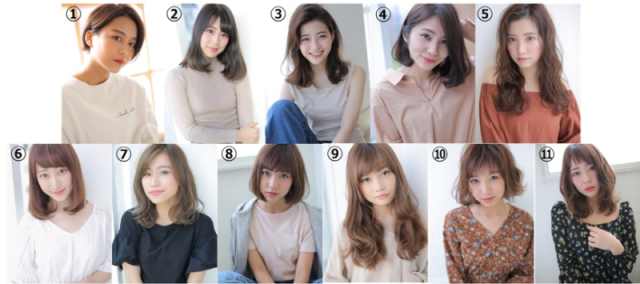
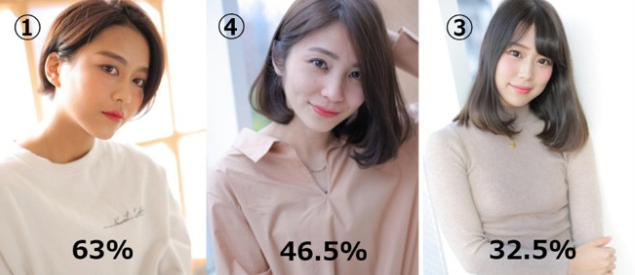
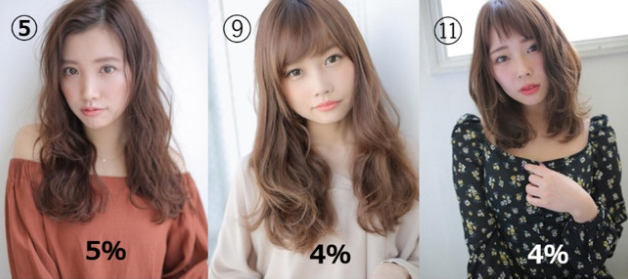
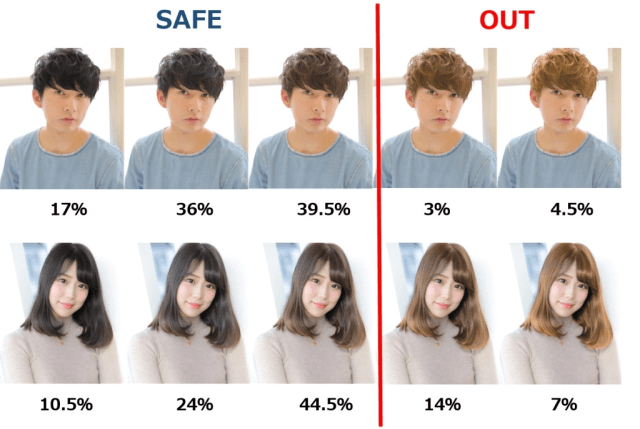
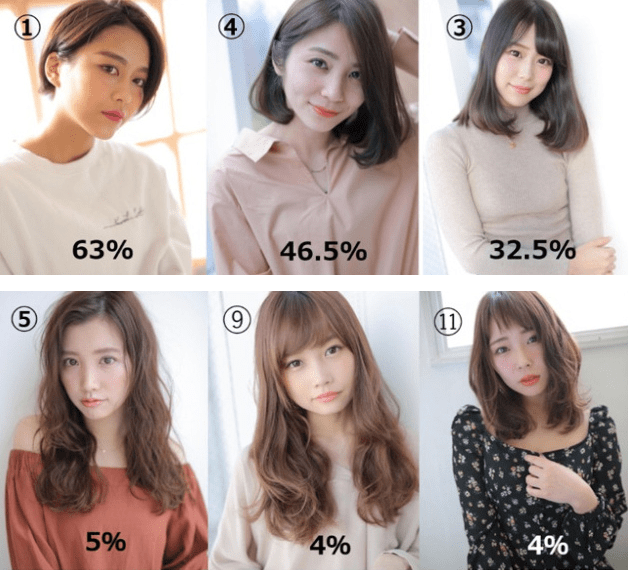
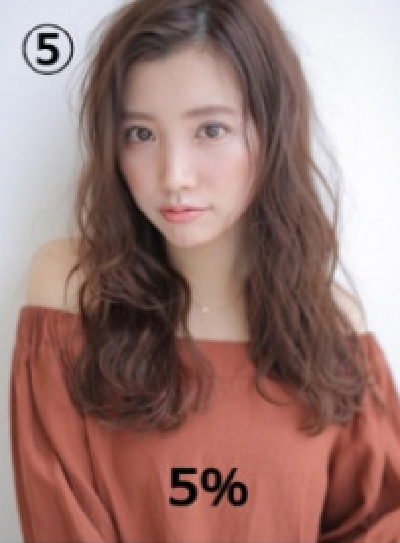
 Japanese junior high school girl removed for class from three days for grooming her eyebrows
Japanese junior high school girl removed for class from three days for grooming her eyebrows Over 30 percent of surveyed Japanese managers feel intense stress from working with foreigners
Over 30 percent of surveyed Japanese managers feel intense stress from working with foreigners Japan’s most popular revolving sushi chain relaxes employee dress code, allows dyed hair, beards
Japan’s most popular revolving sushi chain relaxes employee dress code, allows dyed hair, beards Pantene ad asks why people in Japan are forced to look the same when job hunting
Pantene ad asks why people in Japan are forced to look the same when job hunting Do Japanese people think all those anime characters REALLY have blue, pink, and green hair?
Do Japanese people think all those anime characters REALLY have blue, pink, and green hair? Foreigner’s request for help in Tokyo makes us sad for the state of society
Foreigner’s request for help in Tokyo makes us sad for the state of society Bad tourist manners at Mt Fuji Lawson photo spot prompts Japanese town to block view with screens
Bad tourist manners at Mt Fuji Lawson photo spot prompts Japanese town to block view with screens One of Japan’s oldest castles now lets travelers spend night on the grounds, drink in its keep
One of Japan’s oldest castles now lets travelers spend night on the grounds, drink in its keep Two things to do, and two things not to do, when leaving a traditional Japanese inn
Two things to do, and two things not to do, when leaving a traditional Japanese inn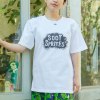 Studio Ghibli unveils massive T-shirt collection featuring top anime movie characters
Studio Ghibli unveils massive T-shirt collection featuring top anime movie characters McDonald’s Japan’s new pancake pie is a taste sensation
McDonald’s Japan’s new pancake pie is a taste sensation Hatsune Miku comes to Magic: The Gathering with official crossover cards【Photos/Video】
Hatsune Miku comes to Magic: The Gathering with official crossover cards【Photos/Video】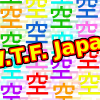 W.T.F. Japan: The top five “sora” references of all time! 【Weird Top Five】
W.T.F. Japan: The top five “sora” references of all time! 【Weird Top Five】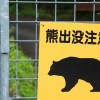 Bear attacks car in Japan, breaks windshield with its paw【Video】
Bear attacks car in Japan, breaks windshield with its paw【Video】 Studio Ghibli unveils new goods that tip the hat to The Cat Returns
Studio Ghibli unveils new goods that tip the hat to The Cat Returns Japanese ramen restaurants under pressure from new yen banknotes
Japanese ramen restaurants under pressure from new yen banknotes Red light district sushi restaurant in Tokyo shows us just how wrong we were about it
Red light district sushi restaurant in Tokyo shows us just how wrong we were about it McDonald’s new Happy Meals offer up cute and practical Sanrio lifestyle goods
McDonald’s new Happy Meals offer up cute and practical Sanrio lifestyle goods Tokyo Tsukiji fish market site to be redeveloped with 50,000-seat stadium, hotel, shopping center
Tokyo Tsukiji fish market site to be redeveloped with 50,000-seat stadium, hotel, shopping center Japanese city loses residents’ personal data, which was on paper being transported on a windy day
Japanese city loses residents’ personal data, which was on paper being transported on a windy day Beautiful Red and Blue Star luxury trains set to be Japan’s new Hokkaido travel stars
Beautiful Red and Blue Star luxury trains set to be Japan’s new Hokkaido travel stars Ghibli Park now selling “Grilled Frogs” from food cart in Valley of Witches
Ghibli Park now selling “Grilled Frogs” from food cart in Valley of Witches New definition of “Japanese whiskey” goes into effect to prevent fakes from fooling overseas buyers
New definition of “Japanese whiskey” goes into effect to prevent fakes from fooling overseas buyers Our Japanese reporter visits Costco in the U.S., finds super American and very Japanese things
Our Japanese reporter visits Costco in the U.S., finds super American and very Japanese things All-you-can-drink Starbucks and amazing views part of Tokyo’s new 170 meter-high sky lounge
All-you-can-drink Starbucks and amazing views part of Tokyo’s new 170 meter-high sky lounge More foreign tourists than ever before in history visited Japan last month
More foreign tourists than ever before in history visited Japan last month New Pokémon cakes let you eat your way through Pikachu and all the Eevee evolutions
New Pokémon cakes let you eat your way through Pikachu and all the Eevee evolutions Disney princesses get official manga makeovers for Manga Princess Cafe opening in Tokyo
Disney princesses get official manga makeovers for Manga Princess Cafe opening in Tokyo We try out “Chan Ramen”, an underground type of ramen popular in the ramen community
We try out “Chan Ramen”, an underground type of ramen popular in the ramen community Sales of Japan’s most convenient train ticket/shopping payment cards suspended indefinitely
Sales of Japan’s most convenient train ticket/shopping payment cards suspended indefinitely Sold-out Studio Ghibli desktop humidifiers are back so Totoro can help you through the dry season
Sold-out Studio Ghibli desktop humidifiers are back so Totoro can help you through the dry season Japanese government to make first change to romanization spelling rules since the 1950s
Japanese government to make first change to romanization spelling rules since the 1950s Ghibli founders Toshio Suzuki and Hayao Miyazaki contribute to Japanese whisky Totoro label design
Ghibli founders Toshio Suzuki and Hayao Miyazaki contribute to Japanese whisky Totoro label design Doraemon found buried at sea as scene from 1993 anime becomes real life【Photos】
Doraemon found buried at sea as scene from 1993 anime becomes real life【Photos】 Tokyo’s most famous Starbucks is closed
Tokyo’s most famous Starbucks is closed One Piece characters’ nationalities revealed, but fans have mixed opinions
One Piece characters’ nationalities revealed, but fans have mixed opinions We asked a Uniqlo employee what four things we should buy and their suggestions didn’t disappoint
We asked a Uniqlo employee what four things we should buy and their suggestions didn’t disappoint Baby Chanco: The Japanese baby with a full head of thick, lustrous hair
Baby Chanco: The Japanese baby with a full head of thick, lustrous hair Japan’s “workstyle reforms” are actually making managers’ jobs a lot harder【Survey】
Japan’s “workstyle reforms” are actually making managers’ jobs a lot harder【Survey】 Public schools in Japan’s Saga Prefecture will no longer regulate/check students’ underwear color
Public schools in Japan’s Saga Prefecture will no longer regulate/check students’ underwear color Does getting a perm help hide the thinning hair spots on your head? We try it and find out
Does getting a perm help hide the thinning hair spots on your head? We try it and find out Japanese women’s magazine’s list of traits for an ideal man is both understandable and baffling
Japanese women’s magazine’s list of traits for an ideal man is both understandable and baffling Japanese high school teachers forcibly cut off hair that was “too long” from 44 students
Japanese high school teachers forcibly cut off hair that was “too long” from 44 students “Students are only allowed three sneezes in class” Japanese people share their worst school rules
“Students are only allowed three sneezes in class” Japanese people share their worst school rules Our unrefined “potato” reporter gets a haircut by an anime hairstyle expert in Tokyo
Our unrefined “potato” reporter gets a haircut by an anime hairstyle expert in Tokyo Majority of Nagasaki high schools and middle schools have white-underwear-only rules, study finds
Majority of Nagasaki high schools and middle schools have white-underwear-only rules, study finds Grooming industry experts say an increasing number of Japanese men are shaving their pubic hair
Grooming industry experts say an increasing number of Japanese men are shaving their pubic hair “They’re an army of clones!” This year’s Japanese new hires shock internet with their sameness
“They’re an army of clones!” This year’s Japanese new hires shock internet with their sameness Tokyo public schools will stop forcing students with non-black hair to dye it, official promises
Tokyo public schools will stop forcing students with non-black hair to dye it, official promises Japanese middle school criticized for pulling out girls’ bra straps to check their color
Japanese middle school criticized for pulling out girls’ bra straps to check their color Japanese adult film star offers full marriage ceremony with fans for 350,000 yen
Japanese adult film star offers full marriage ceremony with fans for 350,000 yen Sayonara, suits! One of Japan’s biggest companies ditches suit-and-tie dress code
Sayonara, suits! One of Japan’s biggest companies ditches suit-and-tie dress code Japanese politicians boycott meetings for being told they should wear ties when they didn’t have to
Japanese politicians boycott meetings for being told they should wear ties when they didn’t have to
Leave a Reply